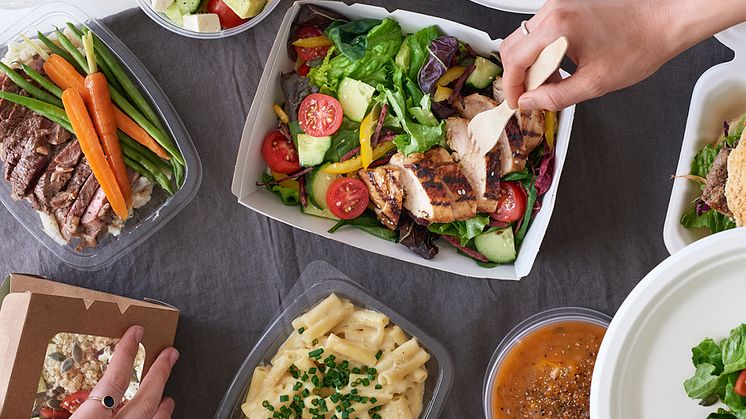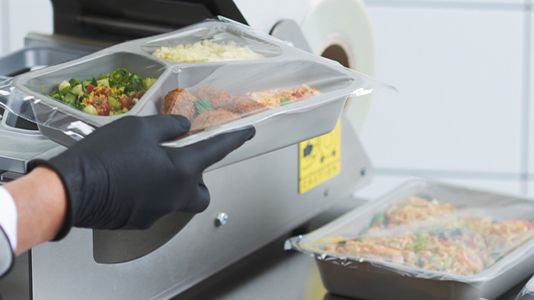
Blog post -
What Are Ghost Kitchens?
A ghost kitchen, otherwise known as a delivery-only restaurant or dark kitchen, is a recent phenomenon in the hospitality industry. Emerging in response to the rapid growth in consumer demand for takeaway and restaurant-quality delivered meals, they do not include a storefront or any seating for customers, and are often cooking for more than one restaurant brand.
Many brick-and-mortar restaurants were forced to limit in-person dining or shut down entirely during the COVID-19 pandemic. Ghost kitchens helped these businesses recoup their losses and minimise employee redundancies, whilst complying to new government legislation, by allowing them to prepare food for multiple brands, lower costs and work seamlessly with food delivery services such as UberEATS, Just Eat, and Deliveroo. Delivery-only kitchens have proliferated to match the increased demand for food delivery services during the pandemic caused largely by restricted indoor dining. The expansion of these kitchens, in turn, has seemingly led to growth in both the takeaway and restaurant sectors over the past two years.

With no need for customer seating and dining areas, ghost kitchens are not geographically restricted and can therefore be located outside of high rent areas. Costs are lowered further as there is no requirement for front-of-house staff and other physical restaurant expectations such as lighting, printed menus, and decor. These reduced overhead and operational costs enable ghost kitchens to yield higher profit margins without affecting the customer end price. Where a typical restaurant can deliver 15-20 orders per hour, a ghost kitchen can triple that with 60 orders per single employee.
The lack of a physical location enables restaurants to freely experiment with their offering through new menus, concepts, and services. The digital nature of ghost kitchens makes it possible for restaurants to also track customer data and analytics through their delivery apps, enabling them to make real-time data-driven decisions on everything from popularity of items, wait times and customer feedback via ratings.
The downside to having no physical location for customers to visit is that your staff aren’t offered the opportunity to make a positive impression and thus retain custom. With most ghost kitchens operating through delivery apps, there is little to no contact between you and your end customer. The difference between a customer collecting their food in-person from a restaurant and receiving it via a third-party delivery driver is huge. It’s likely that to be profitable, these delivery drivers will have multiple stops to make on their way to your customer, often for other brands and therefore an expected delivery time frame may not be met through no fault of your own. Delays will also affect the quality and taste of your food. Consider investing in high-quality sustainable takeaway containers to limit the risk such as our Duniform® forum sealable trays which are manufactured with 85% less plastic than conventional alternatives, and are ideal for modified atmosphere packaging to keep your food at an optimal and consistent temperature.

Commission fees should also be taken into consideration when partnering up with food delivery services, often fees can range from anywhere between 10-30% and this will ultimately either eat into your profits or need to be factored into your food pricing. Depending on your budget, level of orders, and business model, it may instead be worth employing your own delivery driver to ensure your food is prioritised and your customer is satisfied.

